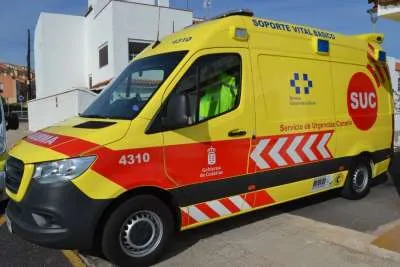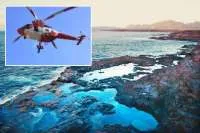IGN updates information on recent earthquakes in the Canary Islands
- 13-09-2024
- Gran Canaria
- INVOLCAN / IGN
- Photo Credit: CW / IGN
A series of earthquakes between Tenerife and Gran Canaria were detected on Wednesday by the National Geographic Institute (IGN), following a e 3.8 magnitude quake near the coast of Santa María de Guía, Gran Canaria, on Tuesday evening.
The IGN recorded six earthquakes within an hour, between 11:14 and 11:40am, in the Enmedio volcano area, which lies on the sea bed between Tenerife and Gran Canaria. The magnitudes ranged from 2 to 2.6 on the Richter scale, at depths between 26 and 38 kilometres.
IGN's director in the Canary Islands, Itahiza Domínguez, explained that while it is too early to determine the implications of the seismic activity, the quakes occurred in a remote area far from populated zones, posing no immediate threat.
He also noted that it is unclear if the series of tremors is related to the earlier 3.8-magnitude earthquake, which was the strongest in the region in the past 60 years.
This earlier quake, at 7:20pm on Tuesday, was felt in 14 of Gran Canaria's 21 municipalities, particularly near Santa María de Guía. At a depth of 20 kilometres, and classed as a “shallow” earthquake, the tremor was widely felt by residents but caused no significant damage.
Reports from the public ranged from pets reacting unusually to descriptions of deep rumbling sounds beneath the ground, and buildings rattling.

Domínguez emphasised that this earthquake appears to be an isolated event, as only one aftershock was detected 50 minutes later with a magnitude of 1.4 mbLg. He also clarified that the seismic activity does not appear to be linked to volcanic activity, as volcanic tremors typically occur in dense swarms of hundreds within short periods.
The IGN continues to study the nature of the seismicity around the Enmedio volcano, as part of the "Proyecto Guanche," which aims to understand its origins and past activity. Current hypotheses suggest that the quakes are more likely caused by tectonic stress in the Earth's crust, rather than volcanic processes.



























































